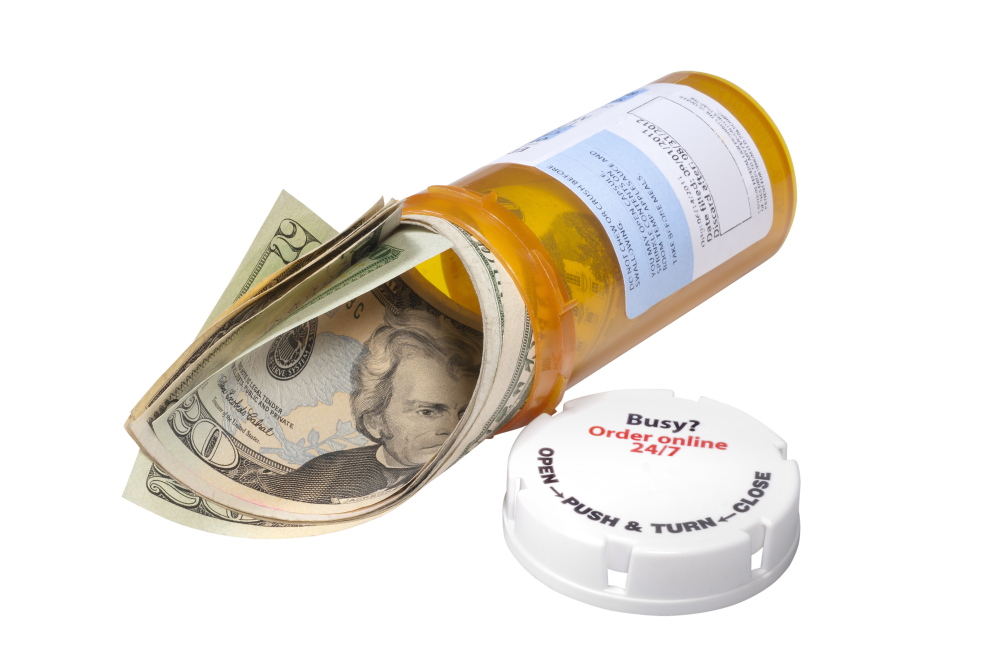How to cover mounting health care costs is an abstract topic that can become very concrete, very quickly when someone gets sick or is injured. To address expenses, Americans are reaching out, usually online, for small contributions from friends, friends of friends and strangers touched by a chance to help.
But even the most successful fundraising campaign is a short-term fix. What’s sorely needed is a sturdy social safety net – one that should be provided by policymakers, not sick people and generous private donors.
Although crowdfunding originated as a way to jump-start business and artistic proposals – the crowdfunding sites make money by taking a cut of the funds raised – it’s really taken off as a venue for medical fundraising.
One popular website, GiveForward, dedicated solely to raising money for medical needs, saw over $1.4 million in revenue in 2012. Another site, GoFundMe, has found that “Medical, Illness & Healing” projects attract more donations than any others; the number of projects in that category soared from 8,000 in 2011 to 600,000 in 2014.
And as medical crowdfunding has grown, so has the burden of out-of-pocket medical expenses, such as co-pays and deductibles – a problem even for those with top-flight insurance, like Sheila Kennett of Alexandria, Virginia.
Though her family was covered by a federal employee policy through her U.S. Senate job, they still needed to turn to GiveForward to defray the steep costs for her husband’s cancer treatment, including thousands of dollars for deductibles and co-pays and about $500 a month for a single medication, they told The Washington Post in 2013. (Researchers have found that the average cancer patient faces up to $8,500 a year in expenses that insurance doesn’t cover.)
Closer to home, Meghan Morgan – a single mom from Falmouth who’s taking time off work to care for her seriously ill son – has also benefited from crowdfunding. A GoFundMe campaign set up by Morgan’s friends and family has raised more than $40,000, which is over twice the original goal, MPBN recently reported.
The boom in medical crowdfunding, however, points to major weaknesses in our safety net. Many other industrialized countries, for example, offer paid family and medical leave, as well as single-payer health insurance. The former allows people to look after their loved ones without worrying about their lost income. The latter allows people to get significant health care needs addressed without turning to charity to pay their bills.
And although the Kennett and Morgan families’ stories are stirring ones, sick people and their loved ones shouldn’t have to go online to get extra financial support. It’s a lot of work. To stand out among others on the medical crowdfunding sites, families have to present appealing photos and personalized stories and leverage social media – all at an already-stressful time.
Policymakers have a duty to ensure that the people they serve have access to affordable care, instead of delegating that task to the market. Charitable giving, whether via a crowdfunding site or in other forms, is laudable – but it won’t ensure the systematic change that’s really needed.
Copy the Story LinkSend questions/comments to the editors.



Success. Please wait for the page to reload. If the page does not reload within 5 seconds, please refresh the page.
Enter your email and password to access comments.
Hi, to comment on stories you must . This profile is in addition to your subscription and website login.
Already have a commenting profile? .
Invalid username/password.
Please check your email to confirm and complete your registration.
Only subscribers are eligible to post comments. Please subscribe or login first for digital access. Here’s why.
Use the form below to reset your password. When you've submitted your account email, we will send an email with a reset code.